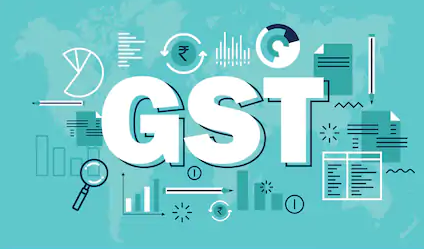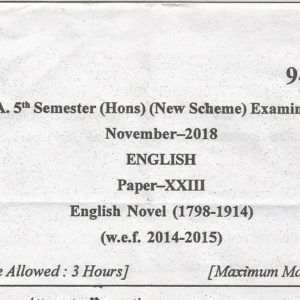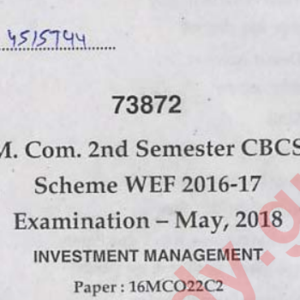
What is GST?
GST Stands for Goods and Service Tax. Goods and Service Tax(GST) is levied on the supply of goods and services. It is an indirect tax which has replaced many indirect taxes in India. Goods and Service Tax are divided into five different slabs – 0%, 5%, 12%, 18% and 28%. The Goods and Service Tax Act was passed in the Parliament on 29th March 2017 and came into effect on 1st July 2017.
What are the components of GST?
There are three taxes applicable under this system: CGST, SGST & IGST.
- CGST : It is the tax collected by the Central Government on an intra-state sale (e.g., a transaction happening within Maharashtra).
- SGST : It is the tax collected by the state government on an intra-state sale (e.g., a transaction happening within Maharashtra).
- IGST : It is a tax collected by the Central Government for an inter-state sale (e.g., Maharashtra to Tamil Nadu).
The following is the list of indirect taxes in the pre-GST regime:
Central Excise Duty, Duties of Excise, Additional Duties of Excise, Cess, State VAT, Central Sales Tax, Purchase Tax, Luxury Tax, Entertainment Tax, Entry Tax, Taxes on advertisements, Taxes on lotteries, betting and gambling.
It applies to the following transactions only:
- Resale
- Use in manufacturing or processing.
- Use in certain sectors such as the telecommunication network, mining, the generation or distribution of electricity or any other power sector.
What is Reverse Charge Mechanism?
Reverse Charge Mechanism (RCM) is a system in GST where the receiver pays the tax on behalf of unregistered, smaller material and service suppliers. The receiver of the goods is eligible for Input Tax Credit while the unregistered dealer is not.

